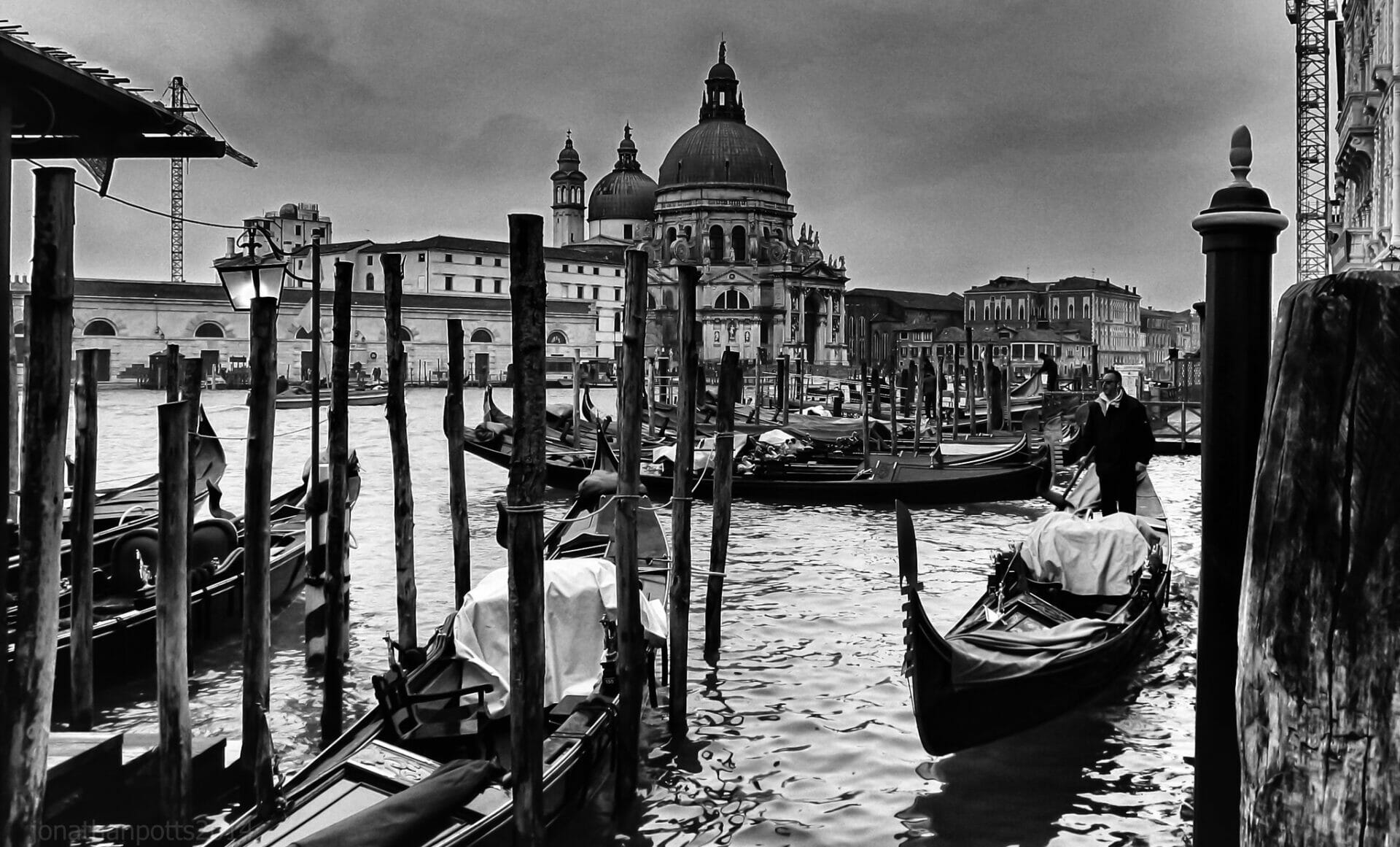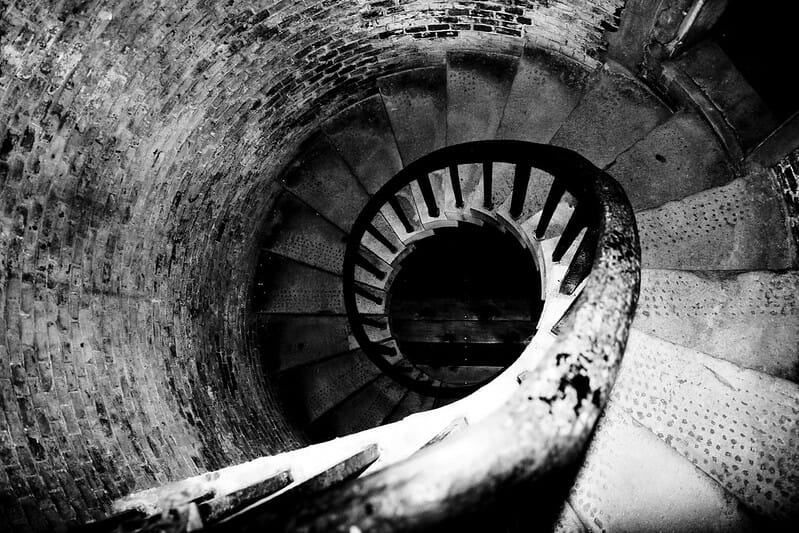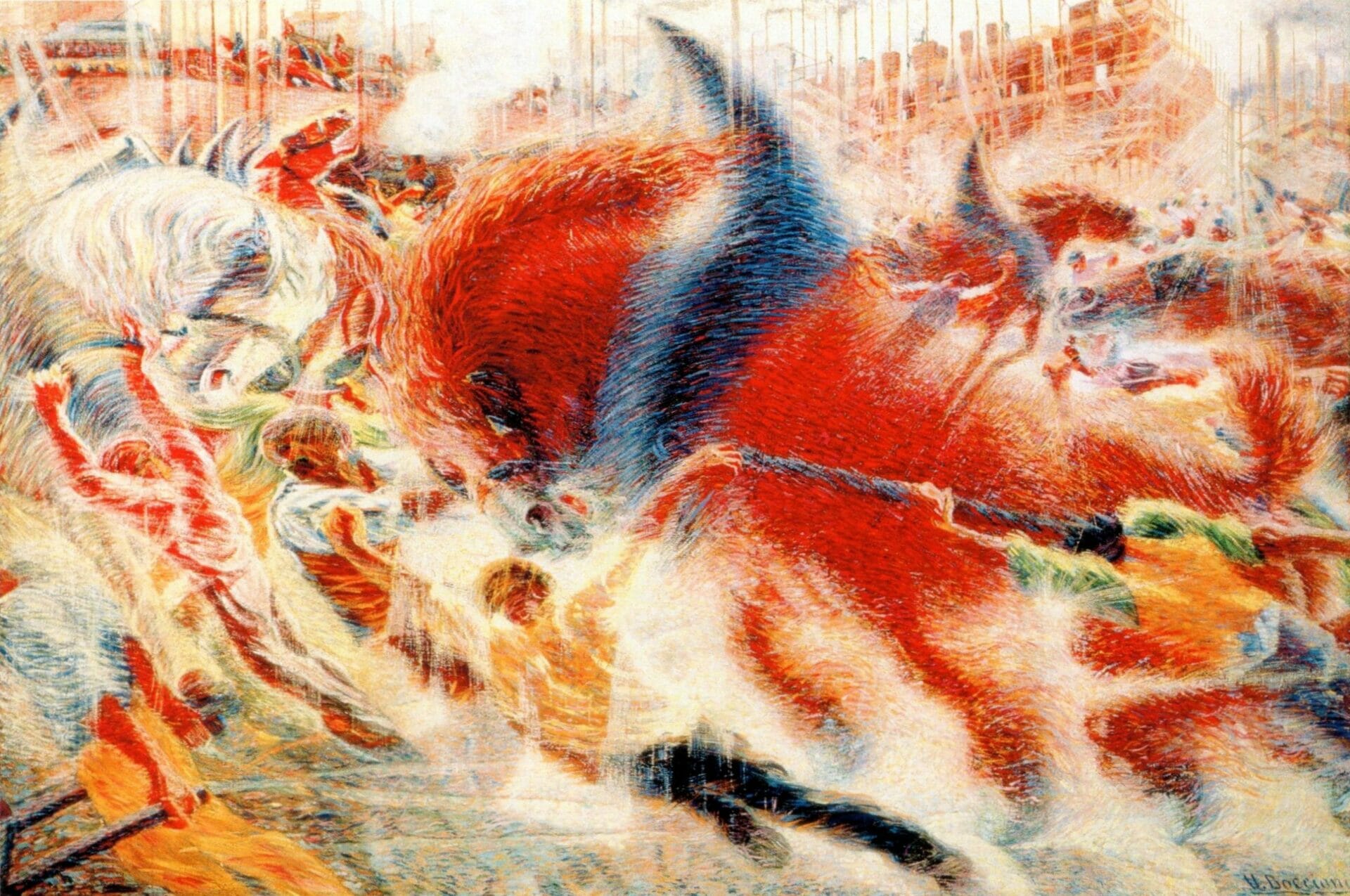
Invisible Cities | A love poem to the city
Author
Year
Format
“What is the city today for us? I believe that I have written something like a last love poem addressed to the city, at a time when it’s becoming increasingly difficult to live there.”
Italo Calvino, 1983
Published in 1972, Invisible Cities collects poetic tales on the city in general. In Italo Calvino’s novel, the young Venetian traveler Marco Polo describes the cities he has seen in his travels to the melancholy emperor Kublai Khan. The book is thus divided into two parts. A narrative frame, written in italics and portraying the dialogues between the two protagonists. And Polo’s tales of cities, fifty-five in all. Though the places in Invisible Cities are imaginary, as a reader “you will constantly find yourself picturing the streets of your own city or cities you have visited.”
Fifty-five invisible cities
Fifty-five invisible cities, all bearing women’s names. Calvino’s cities are shapeless, contradictory, beguiling, discontinuous, ambiguous and fragmented within themselves. While in Cecilia “the places have mingled”, Irene is “a name for a city in the distance, and if you approach, it changes”. And then there’s Laudomia, the city of the unborn, Argia, a city with earth instead of air, and Procopia, a city so crowded that the people hide the place and even the sky.
Some cities are similar, others seem real (are they all a version of Venice? readers wonder) while others are dreamlike. Kublai Khan himself notices that “Marco Polo’s cities resembled one another as if the passage from one to another involved not a journey but a change of elements”. Calvino’s cities – like all cities – are more than buildings and streets. They are “a combination of many things: memory, desires, and signs of language.” And that’s what brings men to create, think and live in cities.
An endless journey
At the beginning of Invisible Cities, the reader finds a well-organized index with an almost arithmetic structure. The novel consists of nine sections, with a perfect alternation of narrative frame and Polo’s accounts. There are also eleven thematic rubrics (five cities per each) that follow a mathematical pattern throughout the text.
Yet the reading is not easy and carefully driven. Like The Castle of Crossed Destinies (1973) and If on a Winter’s Night a Traveler (1979), Invisible Cities is an example of combinatory literature. It’s a novel without a precise order and a univocal meaning. A work of fiction without a storyline, similar to a map of an endless land where exists hidden, intricate connections. The author encourages the reader to become an adventurous traveler and explore the imaginary realm of Invisible Cities in any order he pleases. He can follow the frame or the thematic rubrics. Or he can even open it randomly and read the love poem to the city he finds. As Calvino says, “this is a many-faceted book, and there are conclusions throughout its length, on each of the faces and along each of the edges”.
Tag
Buy a ☕ for Hypercritic













